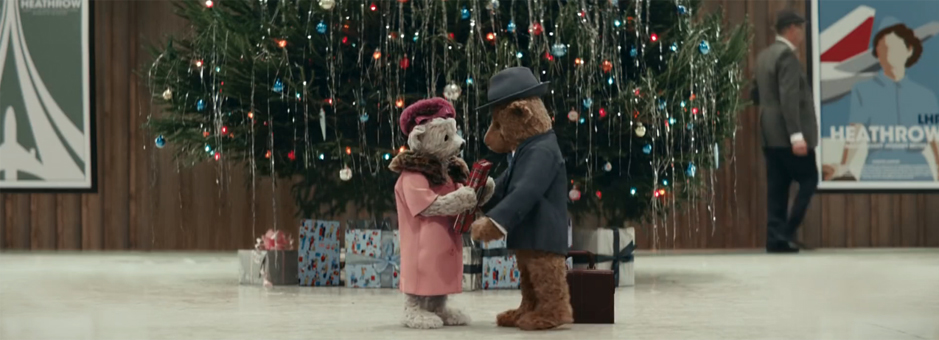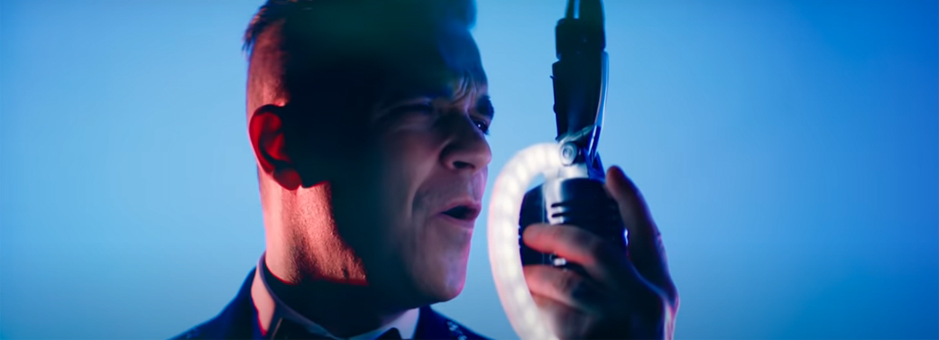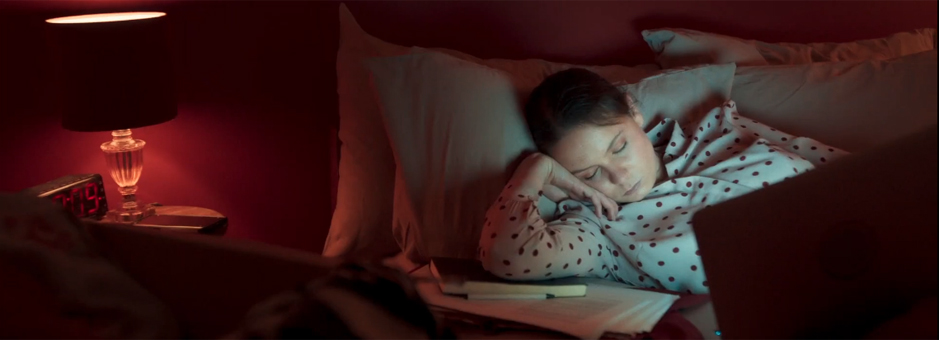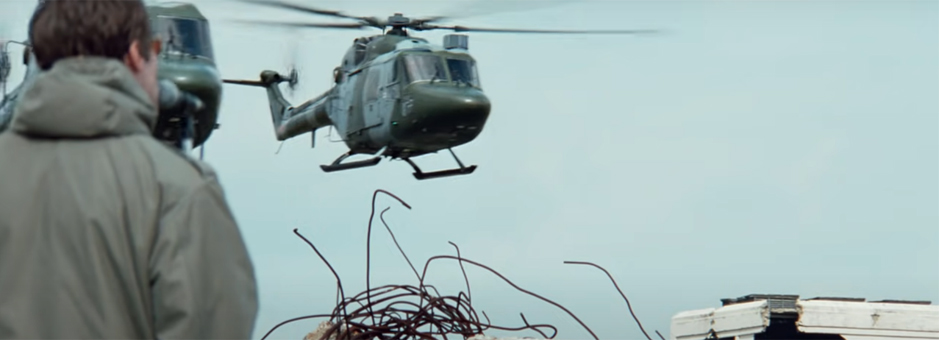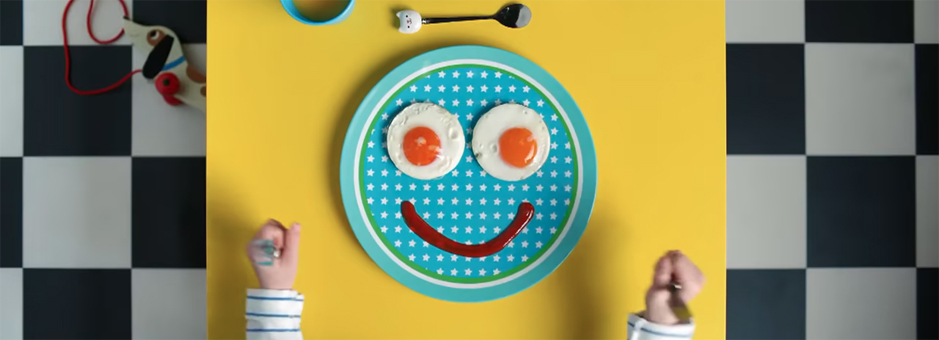Meet The Colourist
Dave ‘Luddy’ Ludlam
Partner/Creative Director Colour, Rascal Post
What got you into colour grading?
Very good question. Whilst working at The Mill in Manchester in the early 90s, I noticed a telecine machine and a colour department. I then became the first assistant for the telecine department at The Mill. I spent all my time with the colourists Pete Smith, Fergus McCall and Adam Scott transferring 35/16mm film to D1 tape, and also using the steady gate pin register gate to transfer 35mm for blue screen effects work to Abekas A60 disks for the VFX team.
After shadowing these colourists over 10 months, I started building relationships with film editors, directors and DOPs doing best light transfers of the film rushes to betacam SP for the production companies, at 6am in the morning. I slowly gained experience and trust to the point where I could grade the final spot with agencies or record companies.
Over the 90s, we were working mainly from 35/16mm film negative and prints. The general look was generated from the film stocks, how the films were shot and also very importantly the way they were processed in the labs. The look/contrast was very much set from the film stock, Neg/Print/Reversal/ Bleach Bypass etc. We then took it to the next level by adding basic grade hardware and key tools.
Now 90% of our work is in digital formats, from three to four camera manufacturers, which are generally viewed through LUTs on set to try to match a film emulation look. I feel quite fortunate to have had that time to experience working on machines/scanners with film. Being able to understand the chemical processes helps me to achieve those type of looks in the digital era.
The most important things always are the lenses and camera bodies, and of course a great idea/script. I think that the ARRI LF is hands down the best camera out there and together with a great set of lenses, it makes my job as a colourist a lot easier.
Was there a particular project in your career that got you to where you are today?
Not really... It was a slow building of experience and working with as many different clients and creatives as possible, earning their trust. Once you get to a more senior position in your career, to the bigger and more defining jobs, the better work comes your way.
It is also a very competitive place out there, with so many very talented colourists. You have to keep up with the changing times and technologies, and keep evolving with the styles and looks. The jobs that win you awards might become the ones that define your name and reputation over time, but the saying in the business is that you are only as good as your last job. Over time you cement many relationships and earn trust with directors, DOPs and agencies. This is what gets you to where you are.
What are your first habits when you enter a grading suite?
Put my music on. Tidy up the suite because usually someone has made a mess of it. Then start to set up my jobs for the day. Finally, catching up with everyone in the office with regards to work projects ahead.
Decide what’s for lunch. Call Arthur Johnsen or Sam Lempp at FilmLight… and the rest of the day can take care of itself.
The two sort of work hand in hand. We start the job, set the colour pipeline, prep and format for ACES, Log, Linear, EXR or ProRes. We are the start of the all-important editorial process. We usually set a grade, but the post work is very rarely worked on top of graded pictures. It is kept linear ungraded, and then a final grade is applied at the end of the project. No grade is committed until the end of the post process. A colour department is key to delivering the correct deliverable at every stage of the post process.
What do you like about Baselight and what are your favourite tools?
All of it. I’m using the Blackboard Classic now, which is the new brushed up version of the original Blackboard, which I must say I love. I just find the ease of use makes it more productive, and less keys means it’s simplified down to just what I need. The Blackboard was a game changer compared to the archaic panels made by competitors.
I love the layer-based aspect of the system and FilmLight’s knowledge of colour spaces and colour management. It’s second to none, and most of all having the FilmLight tech support team on the phone line and always available to step up and help at anytime, this is amazing.With a very open mind. Very much the same way as I would have done from grading film negative... Never compromise anything from the start or front end and slowly build your look to the final finish in such way that you are able to unpick it when you have changes or comments - which you always have these days. Always make sure you have exhausted every avenue, that you have got the best out of your grade and the footage.
How do you see your profession evolving in the future?
I don’t know if I’m the man to answer this. Steve and Ivan at FilmLight might be the people to ask this one!
FilmLight’s BLG file format is a big innovation and we should be moving forward with using it more, as well as having the compositors use the Baselight for NUKE plugin for a much more fluid finish.
HDR is going to take off a lot more soon in our section of grading with commercials and production outfits like Netflix and Amazon. Monitoring, VFX, 2D and 3D pipelines, colour workflows (ACES, 2020 colour space) all influence our way of working.
Oh and I keep hearing from the suits on the top floor ‘when can AI do our job as colourists?’. Sorry to disappoint, but I can’t see that taking off. We, colourists, care for the craft, the creative and relationship side of our business.What was the last film/show you saw that inspired you and why?
I’ve just bought The Sopranos on DVD box set. Watching this episodic shot on 35mm as it was originally graded is just great.
We’re also going through Mad Men for the second time round. It’s faultless in every way from a grading and lighting prospective and the art direction is brilliant. Most recently, The Morning Show on Apple TV was exceptional technically.If you had to give advice to your younger self about your career, what would it be?
Be nice when humanly possible. Always try to do something different when you start the grade. Don’t fall into the trap of grading through the old Rec 709 LUT and think ‘that will do’. Always go again and try to better your first grade as it is not usually your best. Sometimes your first hit can be right but very rarely.
Don’t let the bastards grind you down.
Join In
If you want to participate in our MTC programme, we'd love to hear from you. Contact:
Alexa Maza
e: [email protected]
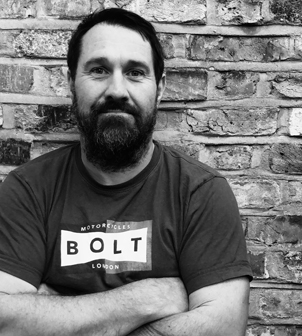
“It is a very competitive place out there, with so many very talented colourists. You have to keep up with the changing times and technologies, and keep evolving with the styles and looks.”
Details
Colourist: Dave Ludlam
Role: Partner/Creative Director Colour
Web: Rascal Post




